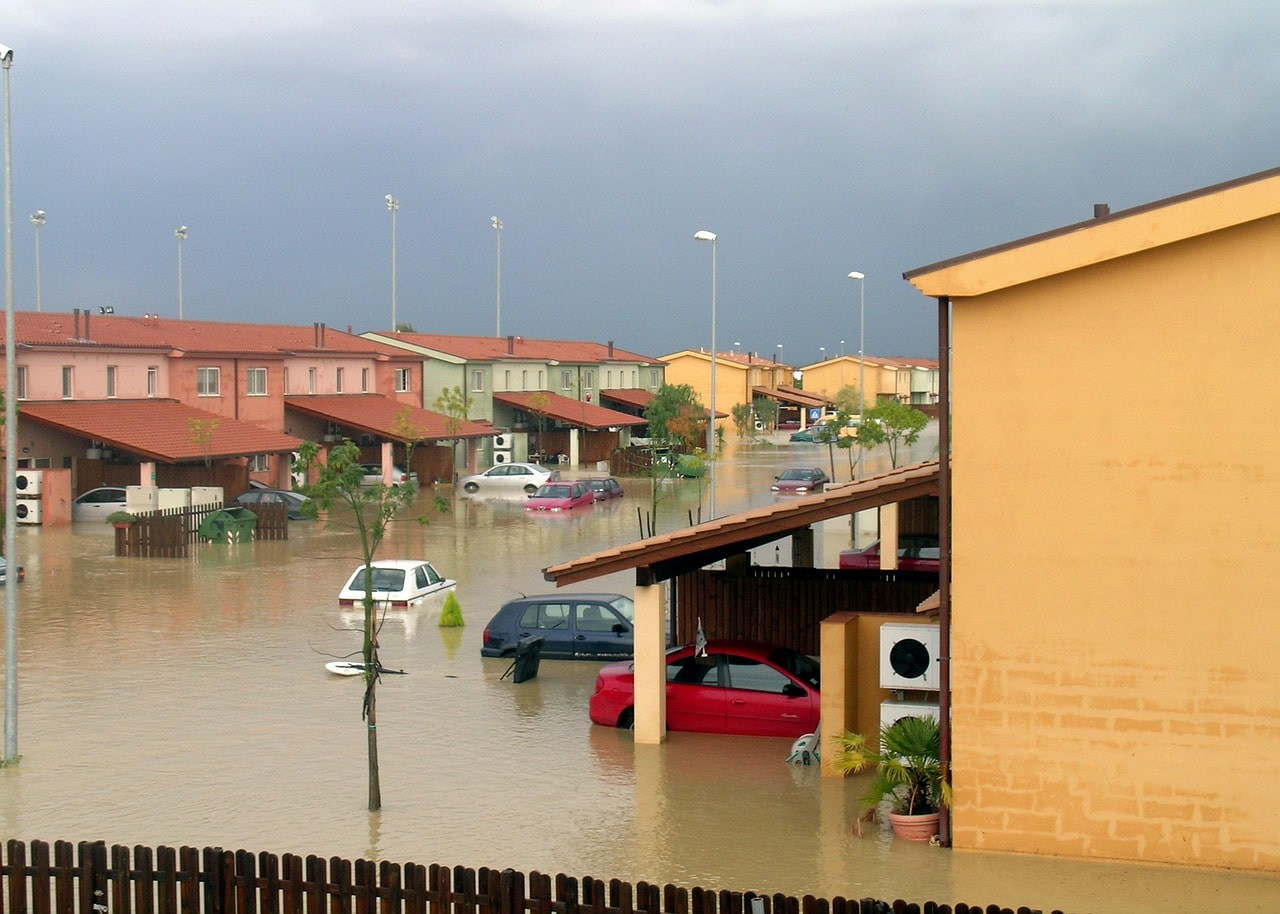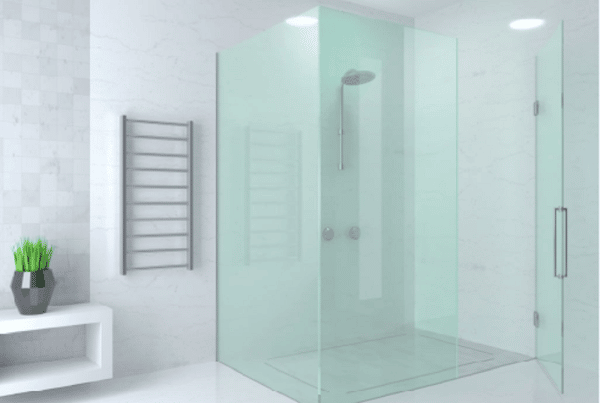Flooding can happen anywhere. In the first week of March 2022, a massive deluge swept across Queensland and New South Wales. Floodwaters had climbed up over 14 meters in Lismore, which is 2 meters higher than any time in its history. Three consecutive days of rainfall, over 200 meters, were recorded from the 28th of February, 2022. This phenomenon happened for the first time since rain data logging began in the region in 1841.
The weather in Australia is going through a large number of changes. Higher temperatures contribute to a diverse range of weather events. Due to the greater evaporation rate, there are heavier rainstorms in some areas. While in others, there are longer droughts.
So, how do you protect your home under these unpredictable circumstances?
Measure the Risk of Your Neighborhood
You can use the flood map tool from the Australian Government’s Bureau of Meteorology. On this Map, you can determine whether your area has a flood warning. Once you are on the website, select either the river or rainfall options. Then, zoom in to your location by clicking on the map or the area menu on the right-hand side.
You will see the color coding given there. Areas at minor, moderate, and major flooding risk are marked in green, orange, and red, respectively. Click on those areas to see all the risk warnings that have been given. You will see the risk predictions as well.
You can then take the help of your insurance agent to determine the flood level. Your home should have been built above this height level. The next time there is heavy rainfall in your area, notice how the runoff flows. Is it towards your home or away from it?
These examinations are the first step. It will help you understand the level of risk that your home is under. If you see a higher than normal risk, upgrade your insurance plan as soon as possible. The average homeowner insurance does not protect you from flood damage.
How to Make Floodproofing Adjustments to Your Home
- Building your home on stilts is an expensive proposition. But even more costly are the repair costs of the damage that can occur from flooding. Even one inch of floodwater can severely damage your property.
- Installing vents and sump pumps are also a good idea. This type of measure is known as wet floodproofing. Vents on your foundation will allow the water to pass through your house rather than collect all around. The flooded water puts significant pressure on the basement structures. The vents also help in neutralizing that pressure. A sump pump can flood out water that has not passed through these vents. They are also useful if you have not included foundation vents in the first place.
- Like wet floodproofing, there is dry floodproofing. With dry floodproofing, you apply coatings and sealants to all the risky surfaces. They include your foundations, walls, windows, and doors. There are micro cracks on these surfaces which need to be sealed.
- Get all your electrical points and switches out of the flood level. Relocate them at least one foot above this level.
- When there is flooding in your area, all the sewage pipes will be under pressure. All the pipes leaving and entering your house need to have gate valves installed on them. These are stronger than flap valves.
- Do you have a lawn somewhere around your house? Get a gradient scale and see how the lawn tilts. The foundations are at risk if it leans even slightly towards your home. Use clay-based soil to tilt the surface away from the house. However, make sure that the tilt is done responsibly towards a large exit for the water.
- Lack of space between the mulch and siding of your house can create problems. Mulch that has not dried off can slowly start to rot the base of your home. Create some space between these two sections so that the mulch can dry off completely after any amount of rain.
Apart from the steps above, taking some preemptive action will help your case even further. If you are under flood risk, switch off the waterline that can cause flooding. Empty the drains regularly so that water flows without obstruction. Move all valuables and electronics to the upper floors.
If you do experience flooding after taking all precautions, document everything. Photographing and videotaping the damage and the flooding will help make your insurance claim a lot easier.








